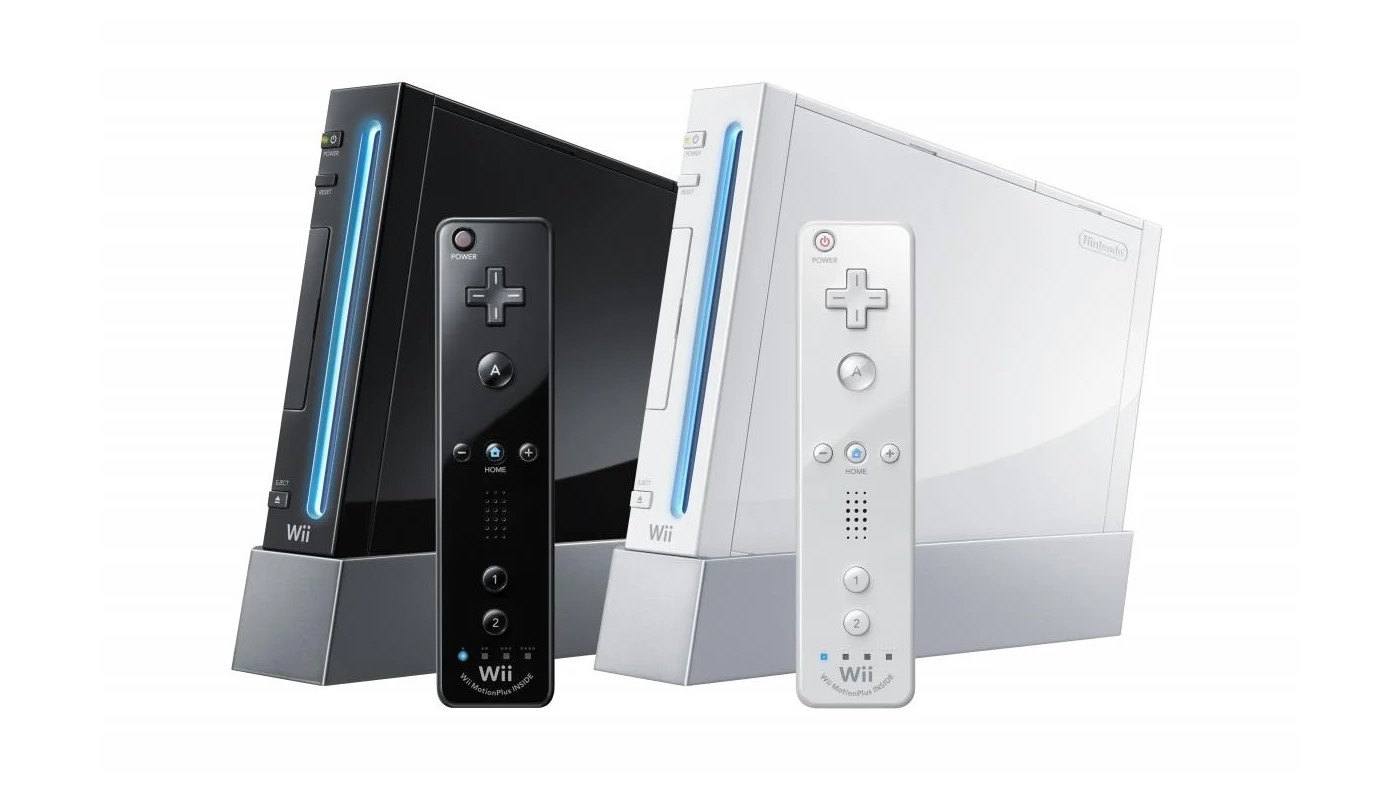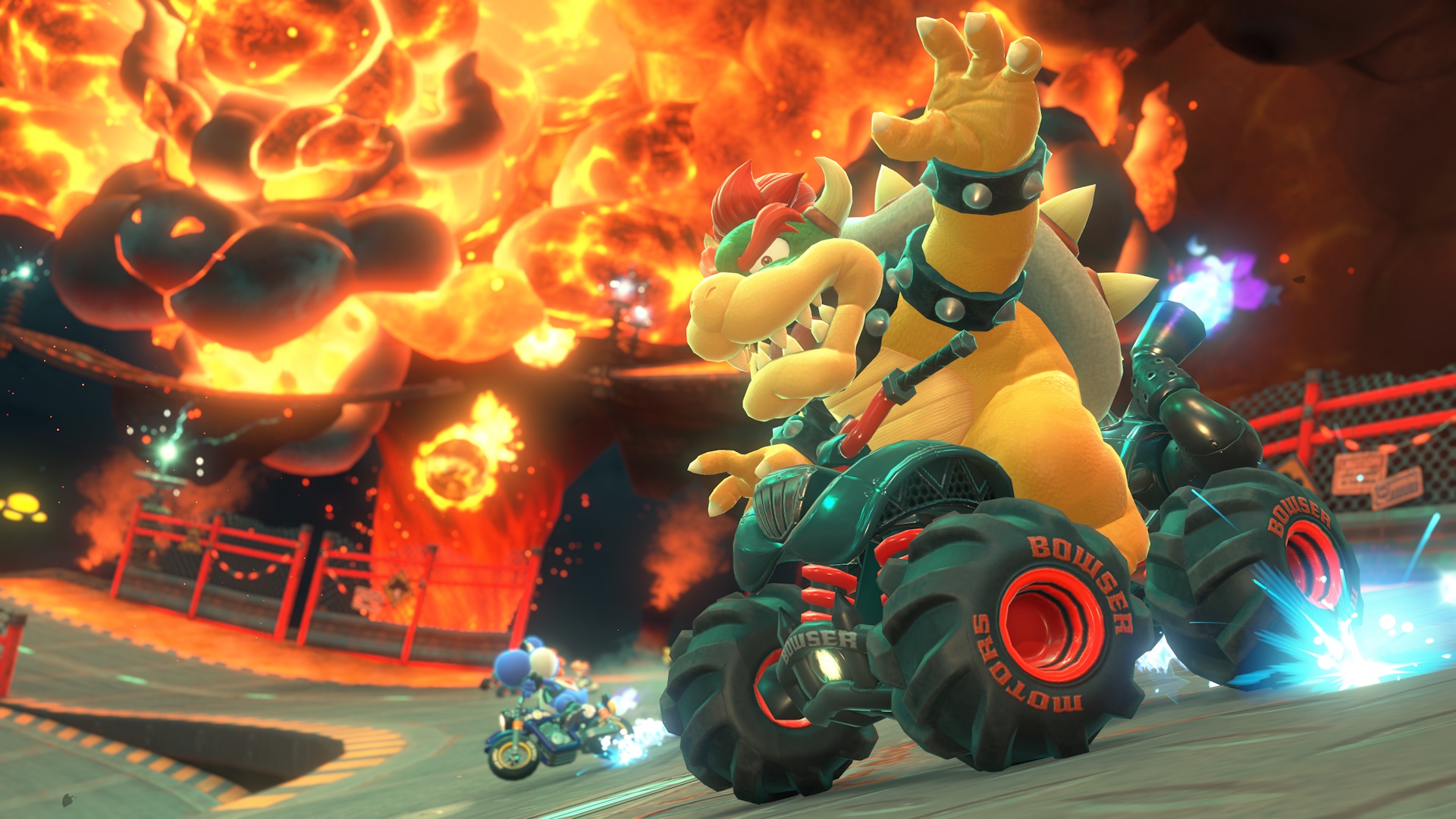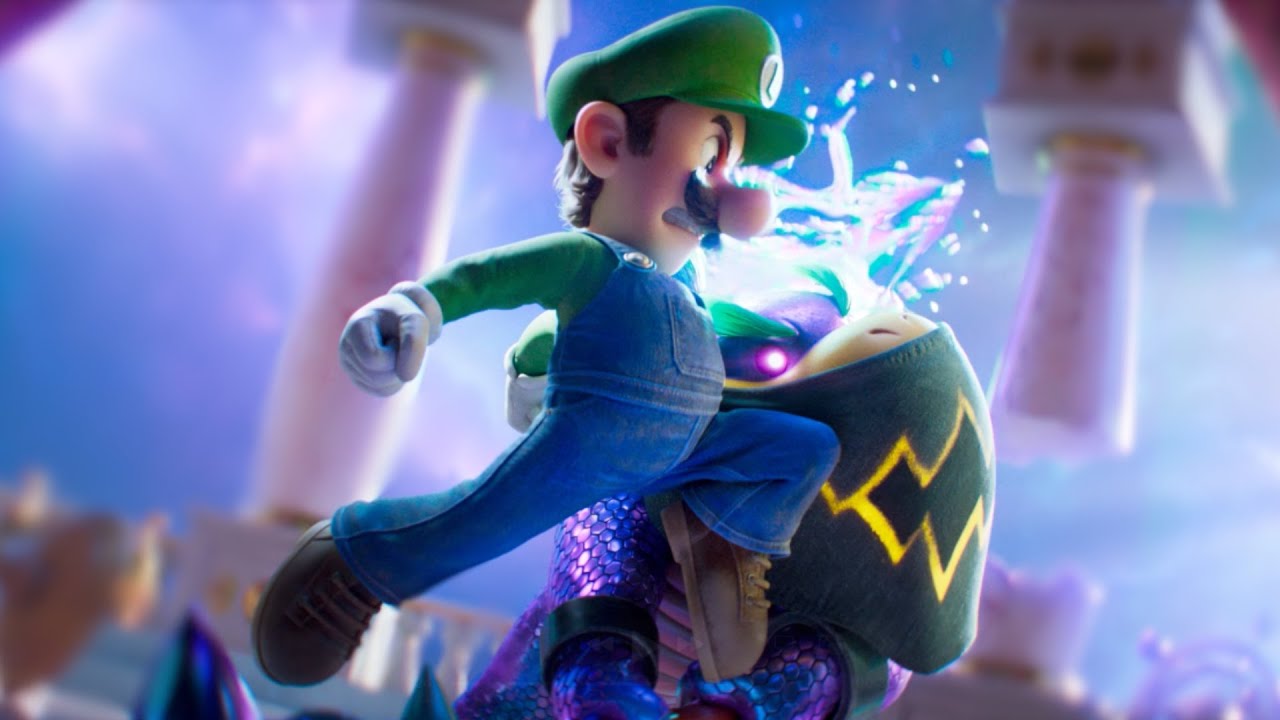New Super Mario Bros.
U: A Stellar Debut for Mario’s High-Definition Adventure on Wii U When New Super Mario Bros.
U launched alongside the Nintendo Wii U in November 2012, it marked a significant milestone for both the renowned Mario franchise and Nintendo’s ambitious new home console.
Developed by Nintendo, New Super Mario Bros.
U brought the vibrant and dynamic world of the Mushroom Kingdom into high-definition for the first time, showcasing the graphical prowess of the Wii U hardware.
Following the massive success of New Super Mario Bros.
Wii, which sold over 26 million copies globally, Nintendo strategically positioned this title as a key pillar for the Wii U’s launch, aiming to both delight longtime fans and attract new audiences. Returning to the cherished side-scrolling gameplay of the series, New Super Mario Bros.
U opens with Mario, Luigi, Blue Toad, and Yellow Toad being suddenly propelled from Princess Peach’s Castle by a gigantic mechanical hand.
Unlike previous adventures, Princess Peach isn’t kidnapped this time.
However, she quickly becomes surrounded by Bowser and his imposing airship armada, setting the stage for another epic journey across the interconnected realms of the Mushroom Kingdom. The game’s expansive world map draws clear inspiration from classics like Super Mario Land and Super Mario Bros.
3, inviting players to traverse varied environments filled with challenging obstacles, mischievous enemies, and the signature platforming action that has defined the series.
Toad Houses situated throughout the map offer helpful items and extra lives, while castles guarded by Bowser’s minions keep players on their toes. One of New Super Mario Bros.
U’s most innovative features is its integration of asymmetrical multiplayer gameplay via the Wii U GamePad.
Up to five players can join in, with four wielding Wii Remotes while a fifth uses the GamePad in what Nintendo dubs ‘Boost Mode.’ In this mode, the GamePad player can strategically place up to four distinct platforms on the screen, either assisting teammates or adding playful obstacles to challenge them.
Each platform is uniquely marked with a classic card suit, ensuring visual clarity and quick identification.
This mechanic extends the game’s replay value and injects a level of cooperative competition that is both approachable and entertaining. The power-up roster returns with classics like the Super Mushroom, Fire Flower, and Mini Mushroom, joined by newcomers such as the Super Acorn—which grants a flying squirrel suit enabling wall clings and midair glides—and the Ice Flower, which encases foes in ice that can be thrown to dispatch multiple enemies.
Yoshi and three types of Baby Yoshis also make their series debut, providing new abilities: Balloon Baby Yoshi offers vertical lift, Bubble Baby Yoshi traps foes in bubbles, and Glowing Baby Yoshi illuminates dark levels. A fresh character, Nabbit, adds an optional mini-game layer, challenging players to chase him across levels for special rewards.
After defeating Bowser and rescuing Princess Peach, additional modes unlock, providing extensive replayability.
These include a suite of Challenges (like Time Attack and Coin Collection), high-speed Boost Rush variants, and competitive Coin Battle modes—all designed to test players’ skills and offer leaderboard bragging rights. Polished to Nintendo’s trademark standard, New Super Mario Bros.
U includes smart touches such as enemies responding to the soundtrack’s rhythm, deep Miiverse functionality for sharing tips and achievements, and thoughtful integration with the wider Nintendo ecosystem.
The game’s enduring appeal—bolstered by its later release as New Super Mario Bros.
U Deluxe for Nintendo Switch in 2019—demonstrates its importance in the company’s portfolio and its influence on future platformers. By leveraging the hardware capabilities of Wii U, fostering cooperative and competitive play, and upholding high-quality standards, New Super Mario Bros.
U stands as a testament to Nintendo’s ongoing innovation in platform gaming.
Its sales performance and critical reception underscore just how vital this launch title was in ushering in the Wii U era and establishing a foundation for future Mario adventures.
U: A Stellar Debut for Mario’s High-Definition Adventure on Wii U When New Super Mario Bros.
U launched alongside the Nintendo Wii U in November 2012, it marked a significant milestone for both the renowned Mario franchise and Nintendo’s ambitious new home console.
Developed by Nintendo, New Super Mario Bros.
U brought the vibrant and dynamic world of the Mushroom Kingdom into high-definition for the first time, showcasing the graphical prowess of the Wii U hardware.
Following the massive success of New Super Mario Bros.
Wii, which sold over 26 million copies globally, Nintendo strategically positioned this title as a key pillar for the Wii U’s launch, aiming to both delight longtime fans and attract new audiences. Returning to the cherished side-scrolling gameplay of the series, New Super Mario Bros.
U opens with Mario, Luigi, Blue Toad, and Yellow Toad being suddenly propelled from Princess Peach’s Castle by a gigantic mechanical hand.
Unlike previous adventures, Princess Peach isn’t kidnapped this time.
However, she quickly becomes surrounded by Bowser and his imposing airship armada, setting the stage for another epic journey across the interconnected realms of the Mushroom Kingdom. The game’s expansive world map draws clear inspiration from classics like Super Mario Land and Super Mario Bros.
3, inviting players to traverse varied environments filled with challenging obstacles, mischievous enemies, and the signature platforming action that has defined the series.
Toad Houses situated throughout the map offer helpful items and extra lives, while castles guarded by Bowser’s minions keep players on their toes. One of New Super Mario Bros.
U’s most innovative features is its integration of asymmetrical multiplayer gameplay via the Wii U GamePad.
Up to five players can join in, with four wielding Wii Remotes while a fifth uses the GamePad in what Nintendo dubs ‘Boost Mode.’ In this mode, the GamePad player can strategically place up to four distinct platforms on the screen, either assisting teammates or adding playful obstacles to challenge them.
Each platform is uniquely marked with a classic card suit, ensuring visual clarity and quick identification.
This mechanic extends the game’s replay value and injects a level of cooperative competition that is both approachable and entertaining. The power-up roster returns with classics like the Super Mushroom, Fire Flower, and Mini Mushroom, joined by newcomers such as the Super Acorn—which grants a flying squirrel suit enabling wall clings and midair glides—and the Ice Flower, which encases foes in ice that can be thrown to dispatch multiple enemies.
Yoshi and three types of Baby Yoshis also make their series debut, providing new abilities: Balloon Baby Yoshi offers vertical lift, Bubble Baby Yoshi traps foes in bubbles, and Glowing Baby Yoshi illuminates dark levels. A fresh character, Nabbit, adds an optional mini-game layer, challenging players to chase him across levels for special rewards.
After defeating Bowser and rescuing Princess Peach, additional modes unlock, providing extensive replayability.
These include a suite of Challenges (like Time Attack and Coin Collection), high-speed Boost Rush variants, and competitive Coin Battle modes—all designed to test players’ skills and offer leaderboard bragging rights. Polished to Nintendo’s trademark standard, New Super Mario Bros.
U includes smart touches such as enemies responding to the soundtrack’s rhythm, deep Miiverse functionality for sharing tips and achievements, and thoughtful integration with the wider Nintendo ecosystem.
The game’s enduring appeal—bolstered by its later release as New Super Mario Bros.
U Deluxe for Nintendo Switch in 2019—demonstrates its importance in the company’s portfolio and its influence on future platformers. By leveraging the hardware capabilities of Wii U, fostering cooperative and competitive play, and upholding high-quality standards, New Super Mario Bros.
U stands as a testament to Nintendo’s ongoing innovation in platform gaming.
Its sales performance and critical reception underscore just how vital this launch title was in ushering in the Wii U era and establishing a foundation for future Mario adventures.






